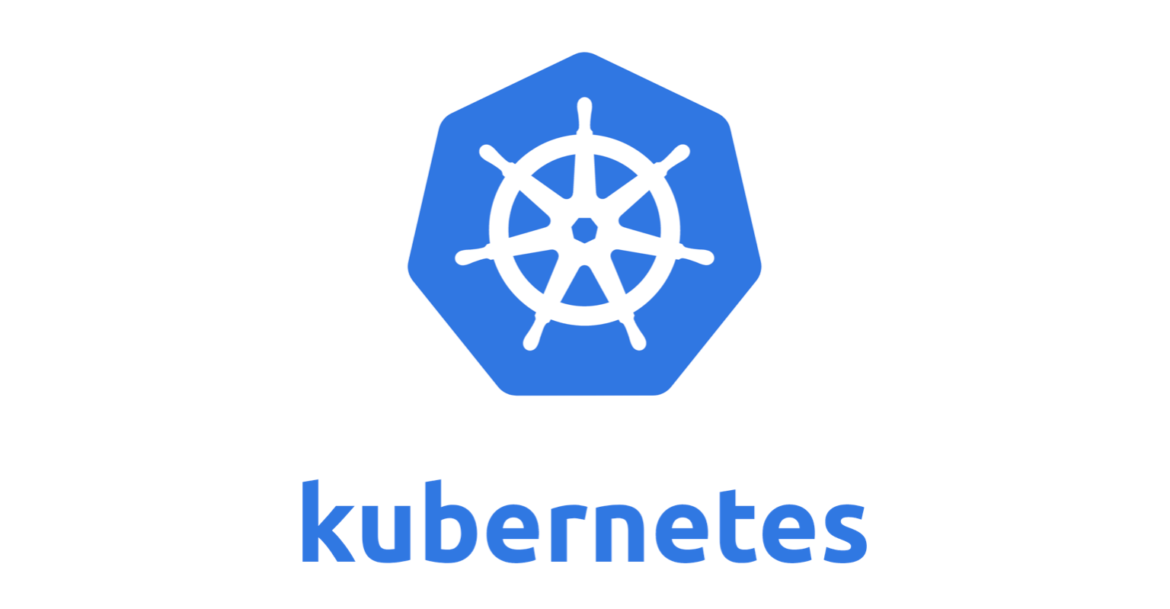As a powerful and popular container orchestration platform, Kubernetes offers a wide range of commands that can be used to manage and monitor your containerized applications.
In this blog post, we will cover some of the most important and useful Kubernetes commands, along with brief examples of how to use them.
kubectl
The kubectl command-line tool is the primary way to interact with a Kubernetes cluster. It can be used to create, modify, and delete resources in a cluster, as well as to view and manage the cluster itself.
Here are some examples of useful kubectl commands:
kubectl get: This command is used to retrieve information about resources in a Kubernetes cluster. For example,
kubectl get svc // – To list one or more serviceskubectl get deployments // – To list all the deploymentskubectl get pods // – To list all the pods in a cluster.kubectl get pods -o=json // – Output format in JSON.kubectl get pods -o=yaml // – Output format in YAML.kubectl get pods -o=wide // – Output in a plain-text formate for pods, name of the node and any additional informationkubectl get pods -n namespace // – To get pods from a particular namespacekubectl get rc -n namespace // – To list the replication controllers by namespacekubectl describe: This command provides detailed information about a specific resource in a cluster. For example, you can use
kubectl describe pod my-pod // –To view detailed information about a pod named my-pod.kubectl describe nodes my-node // – To view detailed information about the node named my-nodekubectl describe services // – To view detailed information and state about a serviceIf you are using vSphere with Tanzu or have deployed Tanzu Kubernetes cluster you can use
kubectl describe tkc cluster-name -n namespace // – This will give you a detailed view of your Tanzu kubernetes clusterkubectl apply: This command is used to create or update resources in a Kubernetes cluster. It takes a YAML or JSON configuration file as input, which defines the desired state of the resource. For example,
kubectl apply -f deployment.yaml // – To create or update a deployment according to the config file deployment.yamlkubectl delete: This command is used to delete resources from a Kubernetes cluster. For example,
kubectl delete deployement my-deployment // – To delete a deployment named my-deploymentSecrets
Create a secret
kubectl create secretList secrets
kubectl get secretsList details about secrets
kubectl describe secretsDelete a secret
kubectl delete secret secret_namekubeadm
The kubeadm command is used to bootstrap a Kubernetes cluster. It can be used to initialize a cluster, join nodes to the cluster, and upgrade the cluster to a new version.
Here are some examples of useful kubeadm commands:
kubeadm init: This command is used to initialize a Kubernetes cluster. It creates the control plane and initializes the cluster to a ready state.kubeadm join: This command is used to add a new node to an existing Kubernetes cluster. It is typically run on the new node, and it connects the node to the cluster and installs the necessary components.kubeadm upgrade: This command is used to upgrade an existing Kubernetes cluster to a new version. It performs a rolling upgrade of the control plane components and ensures that the cluster remains available and functional throughout the upgrade process.
kubectl logs
The kubectl logs command is used to view the logs of a specific pod in a Kubernetes cluster. This can be useful for troubleshooting and debugging applications that are running in the cluster.
Here is an example of how to use the kubectl logs command:
kubectl logs my-pod
This command will output the logs of the pod named my-pod. You can also specify a specific container within the pod by using the -c flag, like this:
kubectl logs my-pod -c
Optional: Enable kubectl commands autocompletion
For bash, you can install it with the below command
apt-get install bash-completionecho 'source <(kubectl completion bash)' >>~/.bashrcMore Detailed document for autocompletion
Few references are from official kubernetes docs, hope this helps you in your day around with kubernetes.
